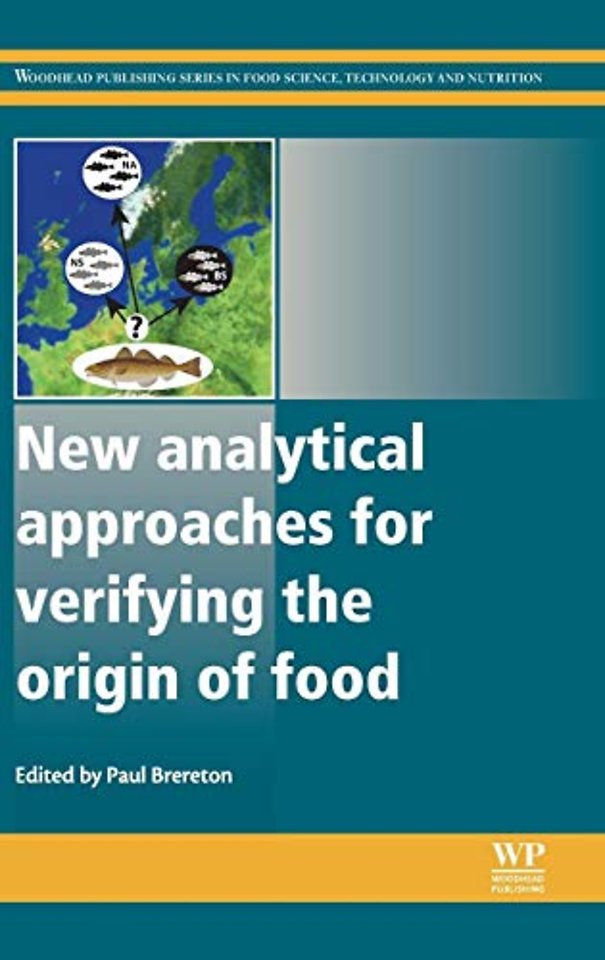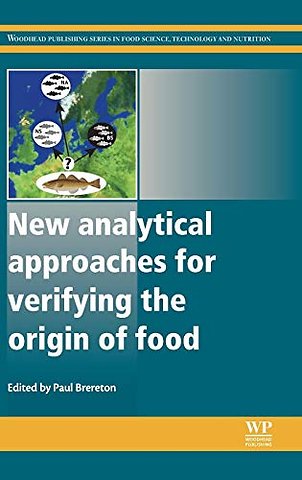New Analytical Approaches for Verifying the Origin of Food
Samenvatting
Food and beverage labels often specify a product’s geographical origin, species, variety and method of production. These claims can significantly influence an item’s economic value, but their verification is not always straightforward. New analytical approaches for verifying the origin of food reviews new analytical methods in this area together with applications to key commodities.
Part one introduces the concept of food origin and provides supporting information on labelling legislation and standards. Part two moves on to explore new approaches for verifying the geographical origin of food using geospatial models and verifying species and varietal components of the food we eat. Holistic methods of verification methods using vibrational spectroscopy and associated chemometrics are also discussed. Finally, part three highlights the applications of new analytical methods to verify the origin of particular food commodities: fish, honey and wine.
New analytical approaches for verifying the origin of food is a standard reference for professionals working in analytical laboratories testing food authenticity and for researchers, in the food industry, analytical laboratories and academia, working on the development of analytical methods for food authenticity.
Specificaties
Inhoudsopgave
Net verschenen
Rubrieken
- aanbestedingsrecht
- aansprakelijkheids- en verzekeringsrecht
- accountancy
- algemeen juridisch
- arbeidsrecht
- bank- en effectenrecht
- bestuursrecht
- bouwrecht
- burgerlijk recht en procesrecht
- europees-internationaal recht
- fiscaal recht
- gezondheidsrecht
- insolventierecht
- intellectuele eigendom en ict-recht
- management
- mens en maatschappij
- milieu- en omgevingsrecht
- notarieel recht
- ondernemingsrecht
- pensioenrecht
- personen- en familierecht
- sociale zekerheidsrecht
- staatsrecht
- strafrecht en criminologie
- vastgoed- en huurrecht
- vreemdelingenrecht

